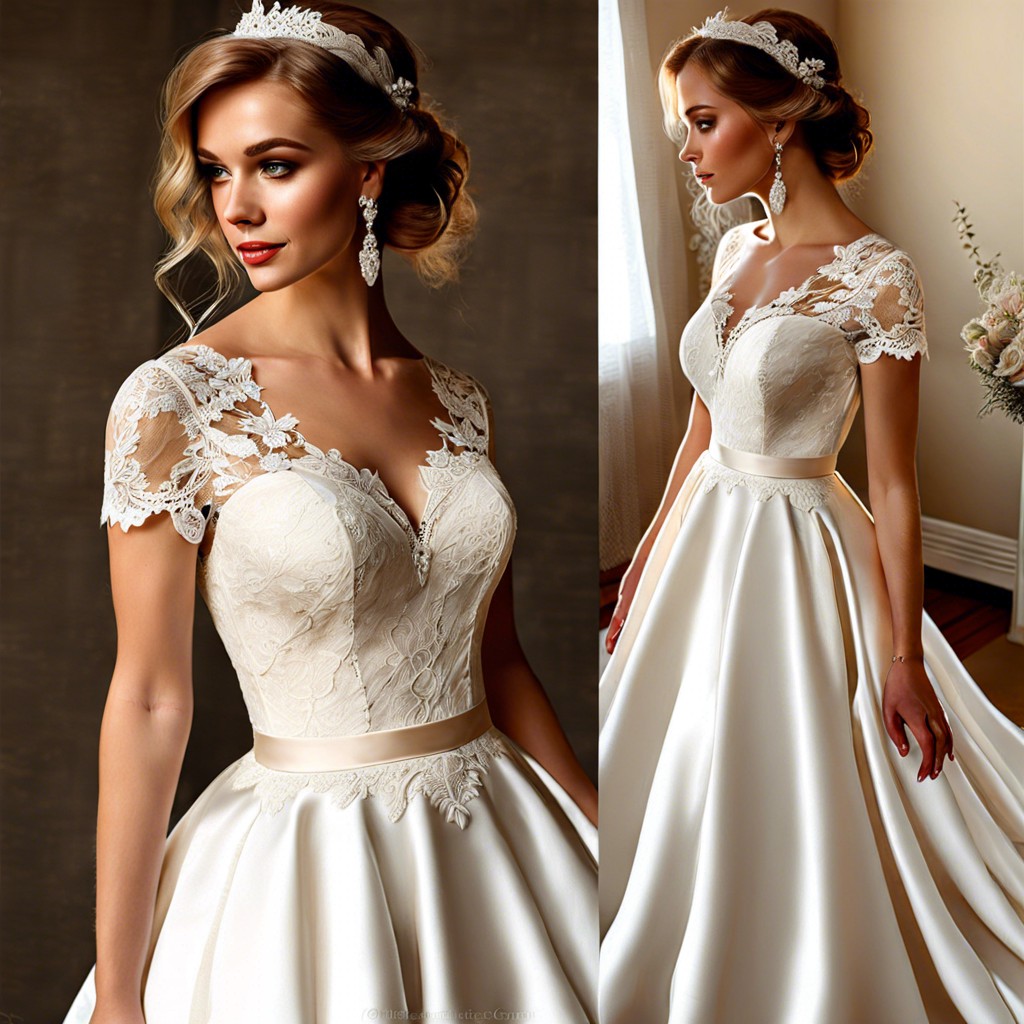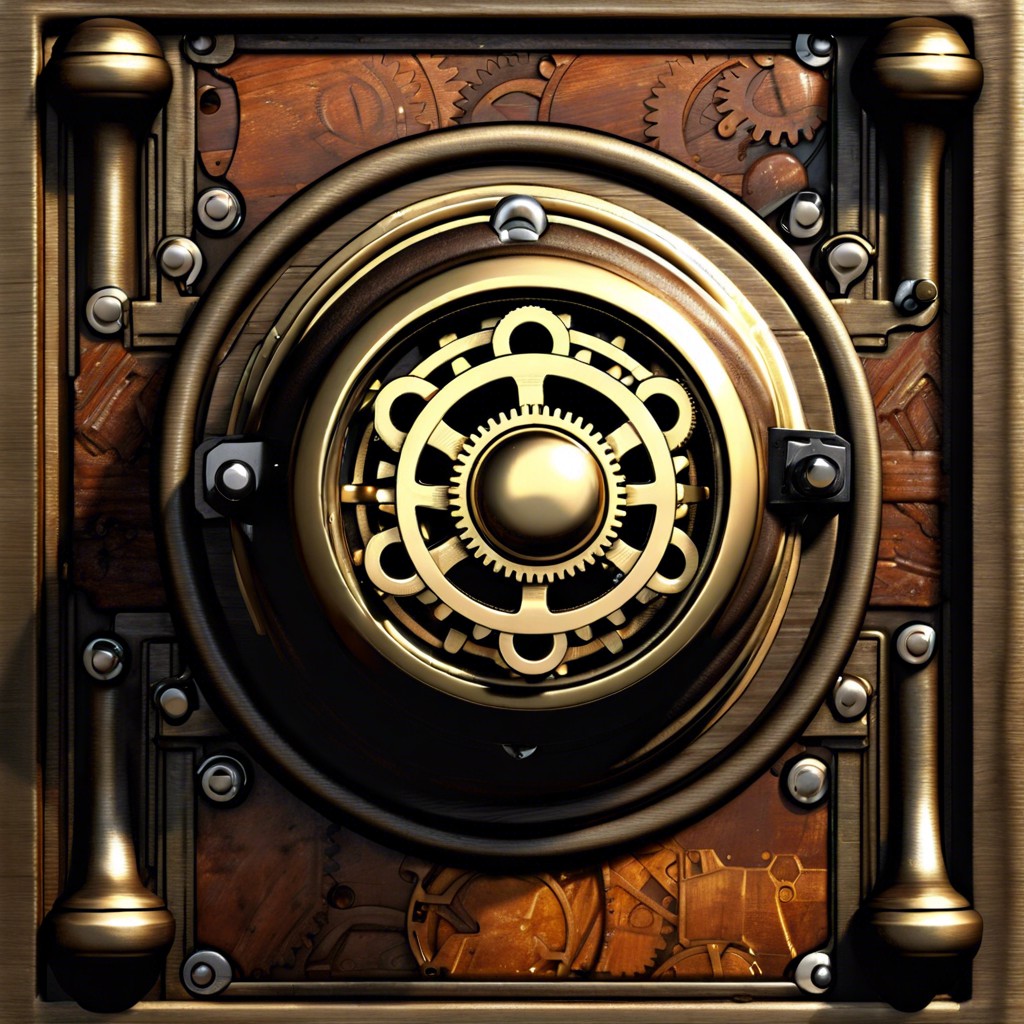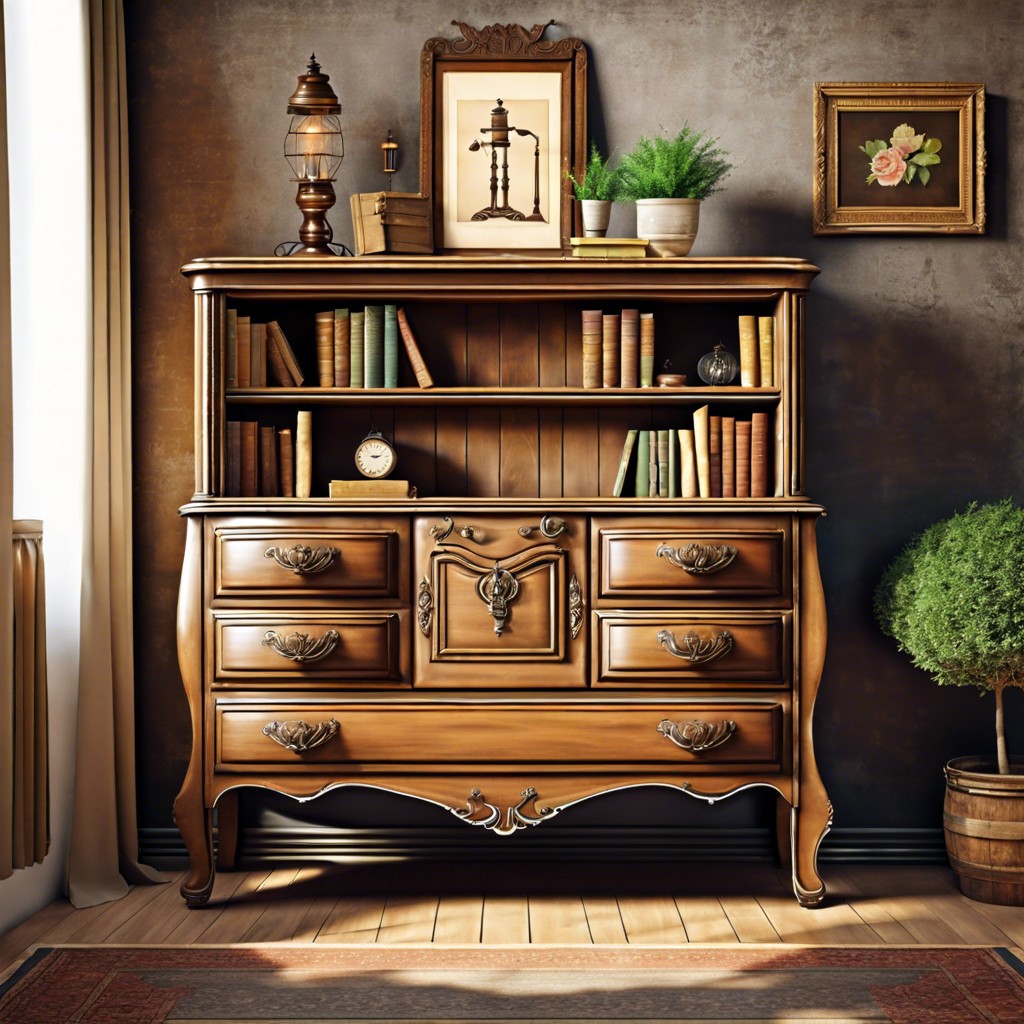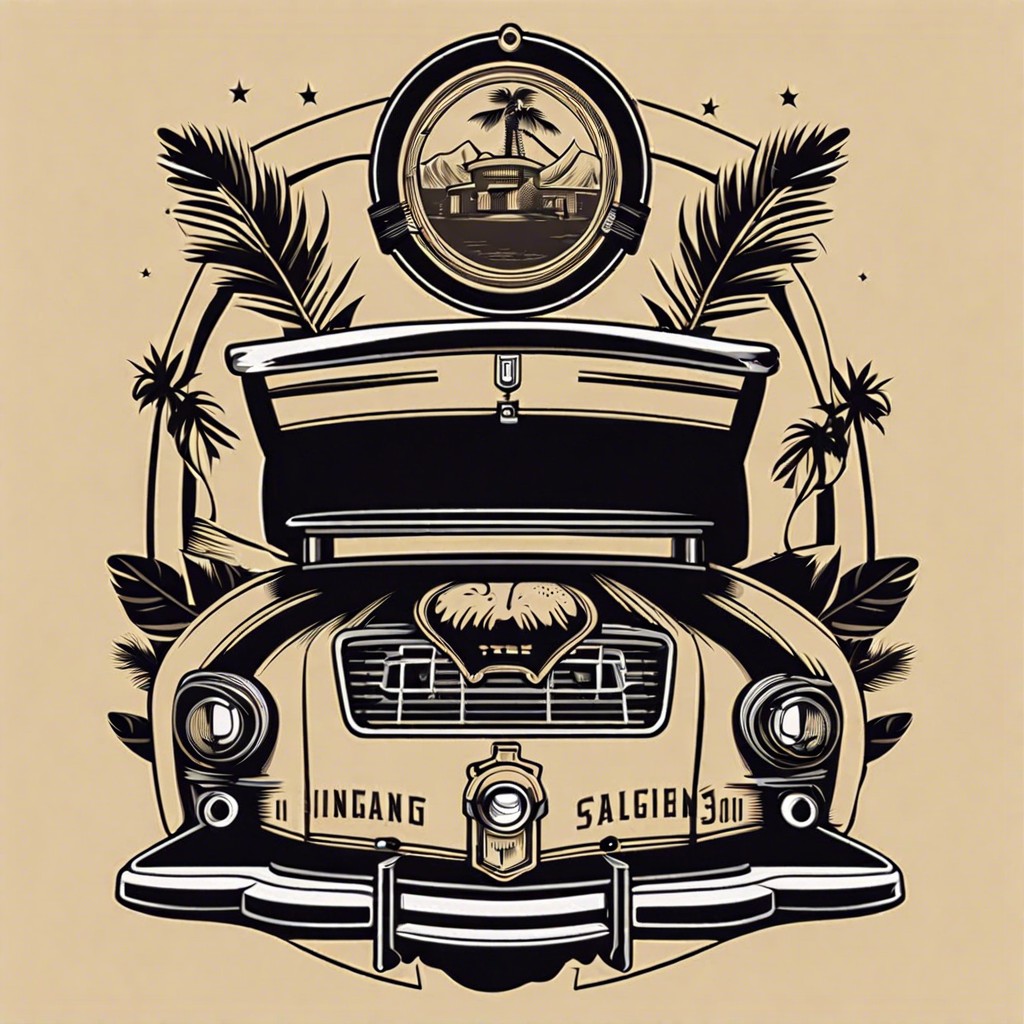Last updated on
Discover key considerations for selecting the right vintage mirror to enhance your space with timeless elegance.
Key takeaways:
- Vintage mirrors reflect historical significance and artistic movements.
- Mirror making techniques evolved from polished stones to glass mirrors.
- Vintage mirrors have distinctive features that set them apart.
- Vintage mirrors serve as focal points in interior design.
- Preserve vintage mirrors with gentle cleaning and proper care.
Historical Significance of Vintage Mirrors
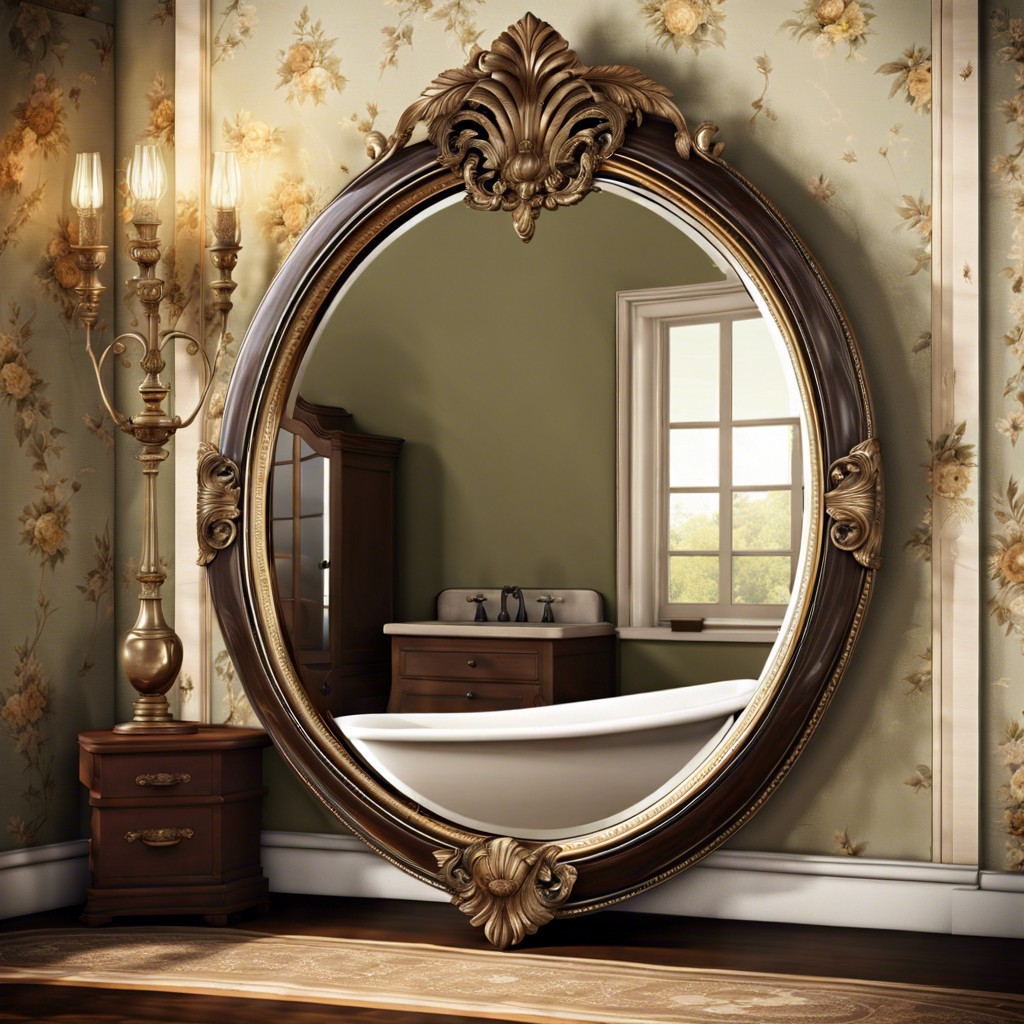
Vintage mirrors are reflective of the technological advancements and artistic movements throughout history. Initially, mirrors were luxury items owned by the wealthy, signaling status and sophistication. The materials and craftsmanship involved in their production evolved from polished metals in ancient times to the amalgam-backed glass mirrors perfected in the 16th century.
As international trade routes expanded, so did the styles and designs, with baroque, rococo, and neoclassical mirrors representing European opulence and cultural influences. The Industrial Revolution marked a turning point, democratizing mirror ownership with mass-produced yet still ornate examples. Collectors and historians prize vintage mirrors for their ability to offer insight into the everyday lives, fashion, and domestic environments of their eras.
Moreover, the mirror’s place in superstition and folklore adds depth to its historical significance, often believed to hold mystical powers or serve as a gateway to another world. This adds an intangible value to vintage mirrors, beyond their physical beauty or utility.
Evolution of Mirror Making Techniques
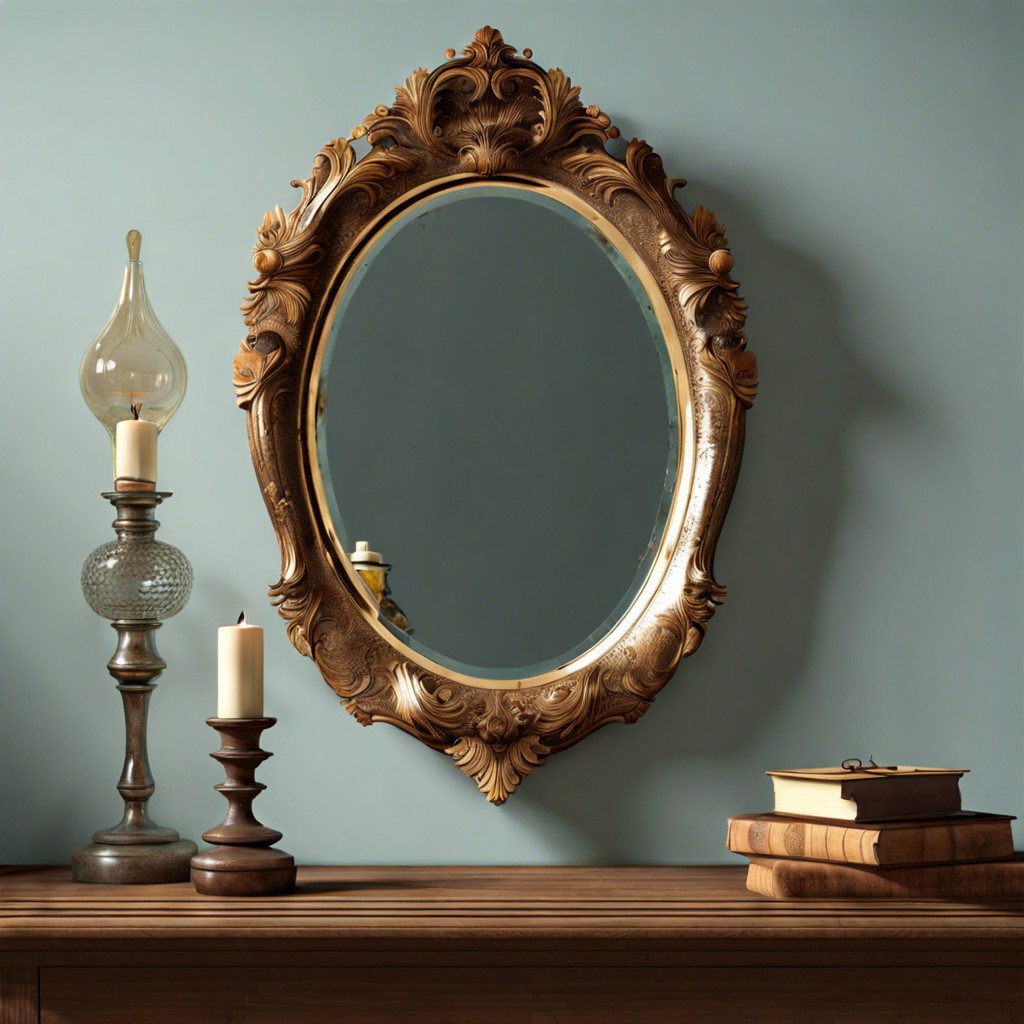
Early mirrors were simply polished stones or metals reflecting light. Ancient Egyptians, for instance, utilized copper and bronze as reflective surfaces. By the Middle Ages, glass-making advancements in Europe led to the creation of convex mirrors with a mixture of molten metal and glass—a process that was costly and time-consuming.
The significant breakthrough came in the 16th century with the invention of the Venetian mirror, crafted on the island of Murano. They used a tin-mercury amalgam to create a reflective surface behind glass, producing clearer images. This technique spread across Europe but remained a luxury item.
In the 19th century, the modern mirror was born thanks to Justus von Liebig’s development of the silvering process, where silver nitrate was applied to glass, creating a reflective layer more affordably. This innovation democratised mirror ownership, making it widespread.
The 20th century brought further improvements, with advanced manufacturing processes leading to the mass production of durable and clear mirrors. Safety features, such as backing materials to prevent shattering, became standard, emphasizing user safety alongside functionality.
Key Characteristics of Vintage Mirrors
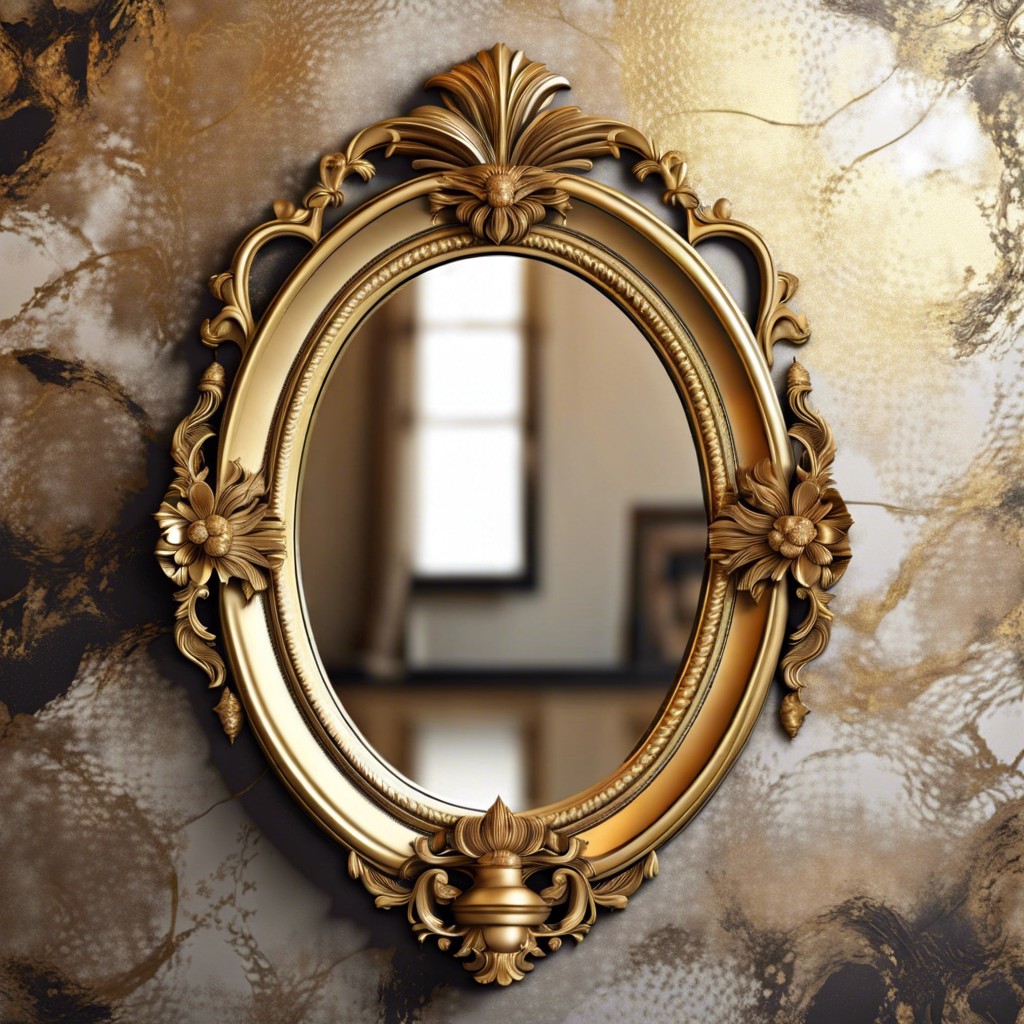
Distinctive features set vintage mirrors apart from their contemporary counterparts. Craftsmanship quality often indicates an era, with hand-crafted wooden frames featuring intricate carvings or gilded finishes speaking to the luxury of bygone periods. Mercury or tin amalgam backs, a common practice before the advent of modern reflective coatings, produce a sparkling yet subtly different reflective quality.
The presence of slight imperfections, like speckles or ‘foxing,’ hint at authentic aging. These marks of time contribute to the mirror’s character, making each piece unique. Variations are often due to the technical limitations of the past, reflecting the available materials and methods of the time.
Frame styles are another indicator; Rococo frames with lavish ornamentation suggest eighteenth-century origins, whereas streamlined Art Deco geometries are emblematic of the early twentieth century. Vintage mirrors might also include original manufacturer markings or stamps, providing provenance and historical context.
Glass thickness can suggest age; older mirrors often possess thicker, wavy glass resulting from less refined manufacturing processes. Frame construction techniques, such as mortise and tenon joints, also reveal historical manufacturing methods.
Understanding these characteristics not only aids in identifying true vintage pieces but also enhances appreciation for the artisanship and era they embody.
The Role of Vintage Mirrors in Interior Design
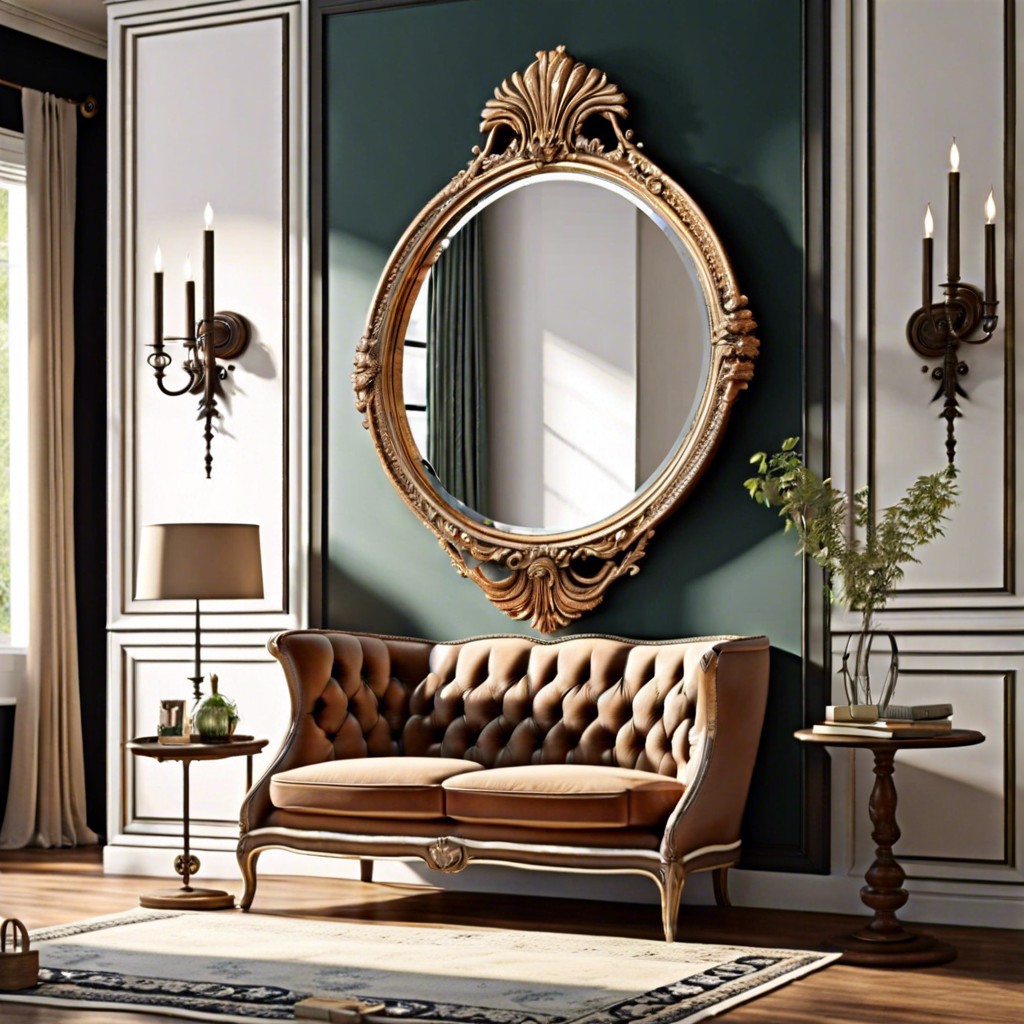
Vintage mirrors serve as focal points in a room, reflecting light and adding depth, which can make small spaces appear larger. The ornate frames often found on these pieces contribute to a room’s aesthetic, offering an element of classic beauty that complements both traditional and contemporary decors.
Designers integrate these mirrors to introduce a sense of history and charm. They are often placed above mantels, used in gallery walls, or simply leaned against a wall for a casual yet sophisticated ambiance. The intricate designs and patterns of vintage mirror frames also add texture to interiors, balancing modern sleekness with old-world intricacy.
Mirrors with beveled edges and unique shapes are particularly popular for creating an elegant and bespoke look. Small vintage hand mirrors and vanity mirrors can also be repurposed as decorative tray accents or wall art.
In effectively utilizing vintage mirrors within interior design, positioning is key for maximizing natural light and taking advantage of their reflective properties, which can visually enlarge a space. These antiques can also be strategically placed to showcase other vintage pieces, drawing the eye and creating a curated, cohesive interior.
Preservation and Care Tips for Vintage Mirrors
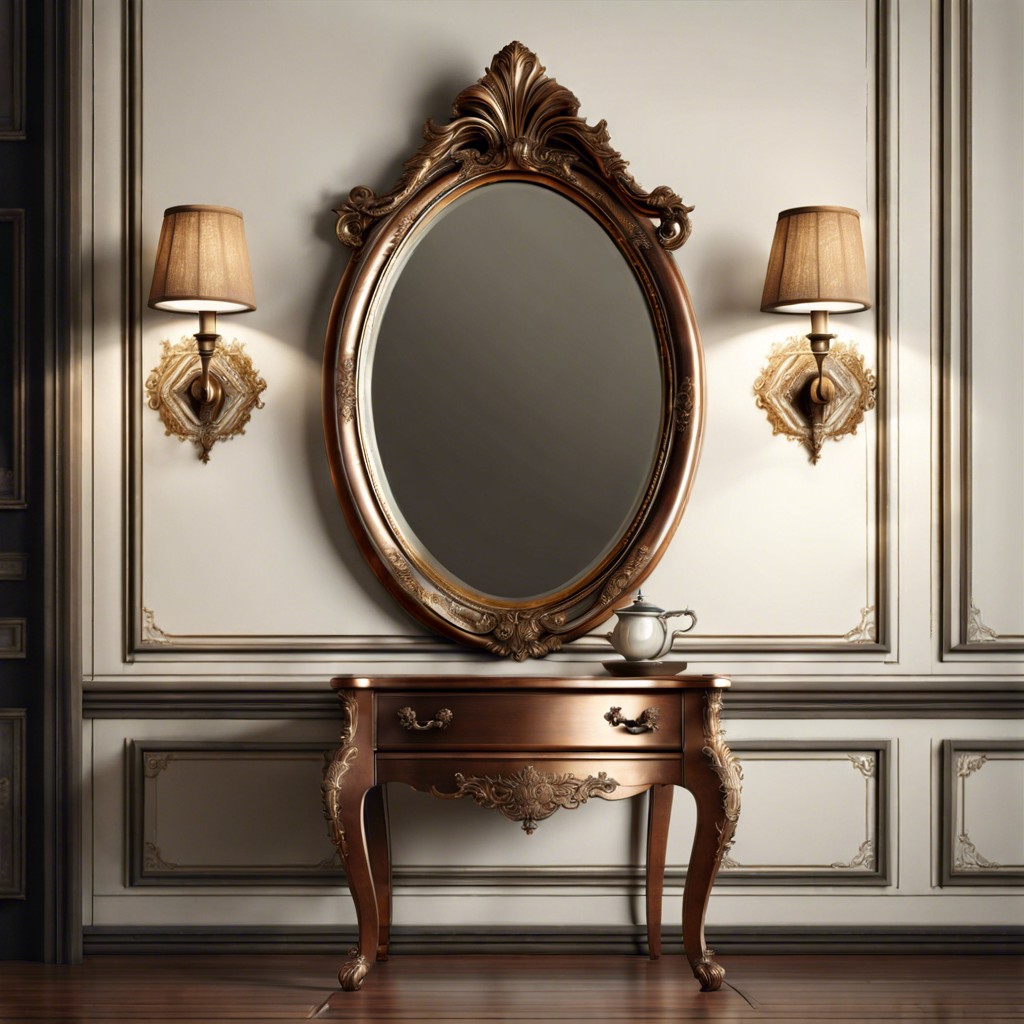
To preserve the beauty and function of vintage mirrors, gentle cleaning is paramount. Use a soft, lint-free cloth and avoid harsh chemicals that can damage the reflective coating. For the frame, if wooden, opt for a mild wood cleaner, and for metal frames, a suitable polish that’s appropriate for the type. Keep mirrors out of direct sunlight to prevent fading and deterioration of the reflective surface and backing materials.
Maintaining stable environmental conditions is crucial. Extreme temperatures and humidity can warp frames and cause “foxing” – those characteristic dark spots on old mirrors. Therefore, maintaining a moderate and consistent climate in your home will protect your vintage mirror.
For a mirror with a deteriorating reflective coating, professional re-silvering is advisable to restore its former glory. Regular dusting will limit build-up on the surface and edges, and immediate attention to any chips or cracks can prevent further damage.
Additionally, when hanging vintage mirrors, ensure they are securely anchored to wall studs to protect them from falls, which can be especially important in earthquake-prone areas.
Remember, the value of vintage mirrors is not purely aesthetic but historical. Proper care safeguards not only their beauty but also their stories for future generations to appreciate.

